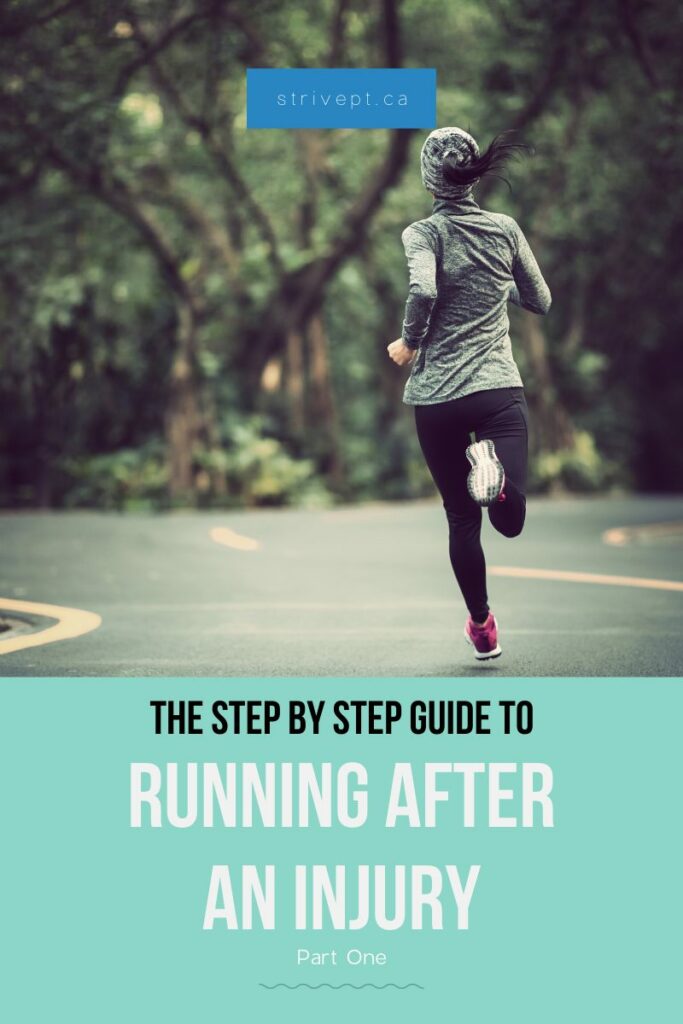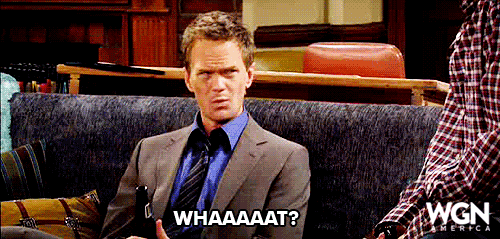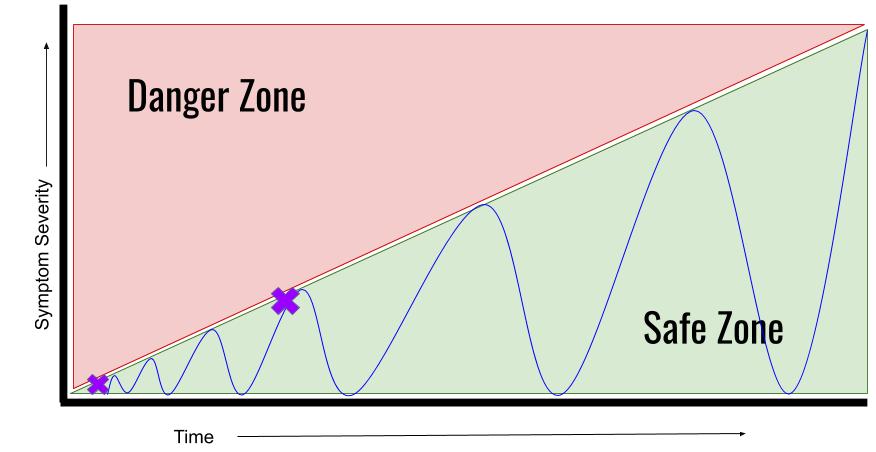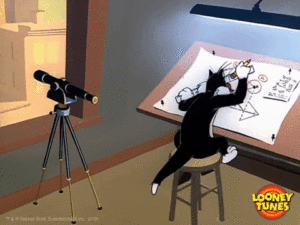
I’m going to be honest with you, running is not my idea of a fun time.
As a kid I played house league soccer (defense & goalie exclusively), I was on the school basketball team for several years, and that concludes my time with running. I could sprint when I had to, and that is it.
In elementary school I tried to forget that Track & Field had two parts to it, as I wanted to exclusively do the ‘field’ part.
It’s not that I was terribly bad at running.
Ok I was pretty bad at running any distance that went farther than a single kilometer. I had zero practice and zero need for that particular skill.
Aside from the lack of practice, there was really only one thing that stopped me from going for runs: it’s boring!
So many people love running, whether it be just for health purposes, it became a habit after doing it with sports practices, or as a stress relief exercise.

Now with the wonderful invention of podcasts, I have finally decided to give running a fair shot.
The first question most people ask me when I say this is why I don’t just take adult dance classes or go to the gym more frequently throughout the week or go swim laps at a pool, so that I can still up my exercise and fitness but without torturing myself.
With every fibre of my being I wish it were that easy. There are a few reasons:
- Ya girl broke.
Running (outside) is free! I like free. I can afford free. I can’t afford to get back into dance, although huge shoutout to all dance parents who continually forked out that much money for their kids. - I don’t like being told I’m not allowed to do something.
Never have, probably never will. A Specialist I was seeing a couple years ago told me running would never be in my future, and one of the only safe ways for me to get cardio was to bike. No dance, only light swimming (preferably no deep end for a while for safety), no shoveling snow, no cutting grass.

The Problem
I have had more concussions than the average of all NFL players during on-season practices for the last 6 years. No, seriously. I was officially diagnosed with Post Concussion Syndrome in 2015, and was told in early 2017 that my chances of recovering any further were incredibly slim. What that translates to for functioning:- Headaches and migraines will likely not decrease any further in intensity or frequency
- My balance will never go back to where it was
- Motion sickness is a continual companion
- My memory and information processing will not recover
- Check ins with a neurologist every 6-8 months to monitor my memory loss and reassess for early onset Dementia

Let’s say the first purple x is where I started my recovery after my last major concussion in 2015. The second x is roughly how far I progressed before being told I would not progress through the rest of the recovery process.
It is important to note here that this type of outcome is incredibly rare, and most people do fully recover from a concussion.
So basically:
- If I mow my lawn, shovel my driveway for anything in excess of light snowfall, go for any amount of running, or partake in any physical activity that nears my heart rate to 145bpm, I will feel like crap for the rest of the day, and possibly into the next.
- Forever.
- I was about to turn 23.
The Solution
After a few years of self management, stubbornness, changes to a safer job, and an incredible support system, I’m ready to put this ‘no running ever’ thing to the test.
With the guidance from my coworkers at Strive, of course, so I do this properly.
The Plan
With Tyler as my main guide, we are going to take this step by step and turn me into a runner, right from the very basics.
We need to consistently cover the steps for concussion recovery, with regular check-ins, and consistent tracking of everything from both a running recovery standpoint and a concussion standpoint.
Tyler will take me through a running preparedness assessment that will test my readiness from strength, range of motion, to post-concussion.
We will take the steps for becoming a runner (from essentially nothing), our goals, cross-training, the build up to the first run, and each run and progression we go through afterwards, and show it all to you.
Each step of the way, I will post my progress and journey. You will help keep us accountable, and learn the steps it takes to become a runner, whether it be the first time you put running shoes on or if you are trying to ease yourself back in after an injury.
You will learn the complete return to running protocol, plus see it in action.
Don’t have a concussion? Just replace the concussion checks with your own injury-specific checks.
This should be fun! I’m actually very nervous.
Oh boy.
Wish me luck!
Chelsea Simo
Strive Physiotherapy & Performance

This Post Has One Comment
Chels you got this but PLEASE be careful….i know you have come a long way but i still worry because been there first hand with my two girls….determination is great but DONT put yourself in danger
. Love you.